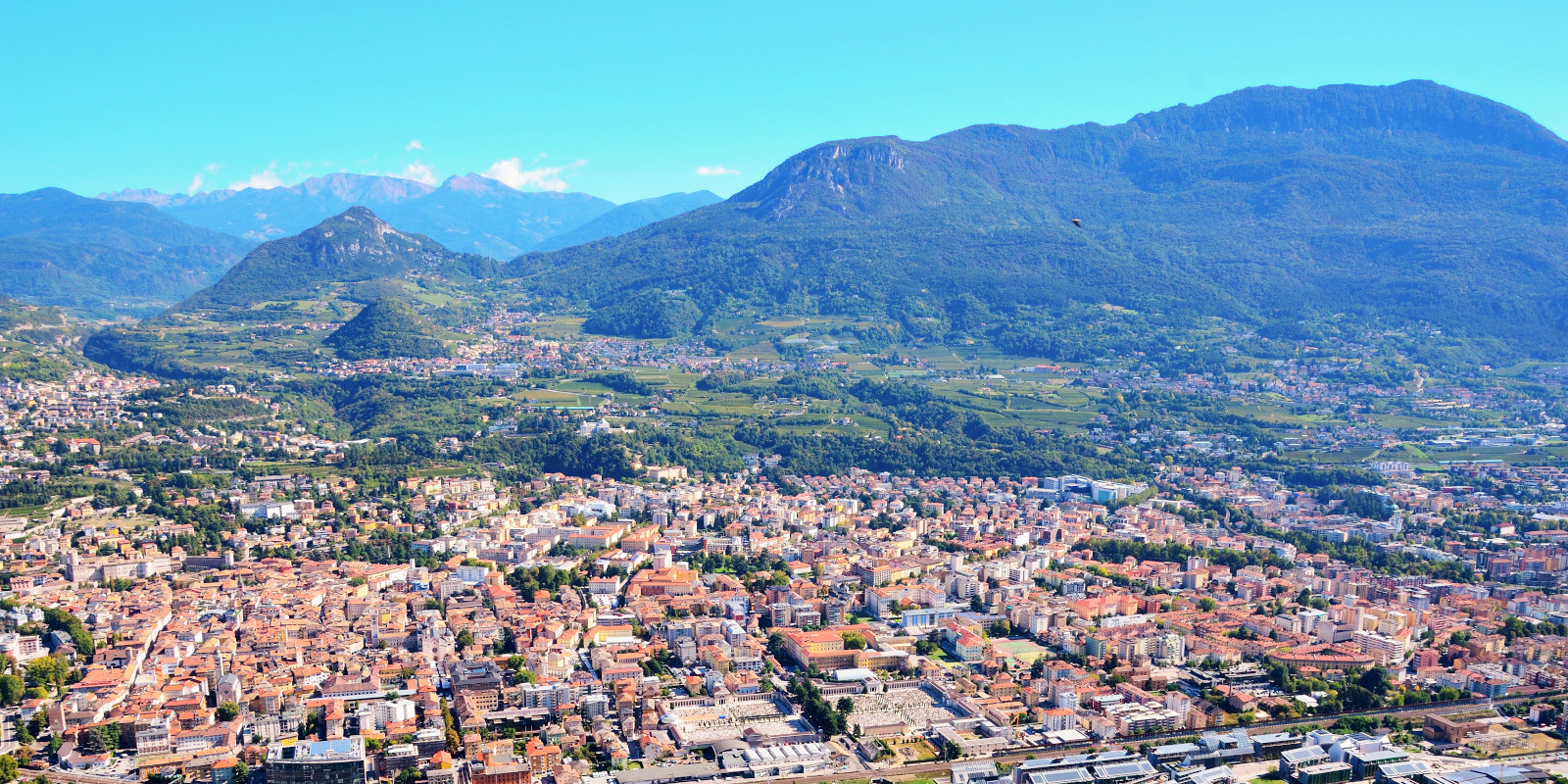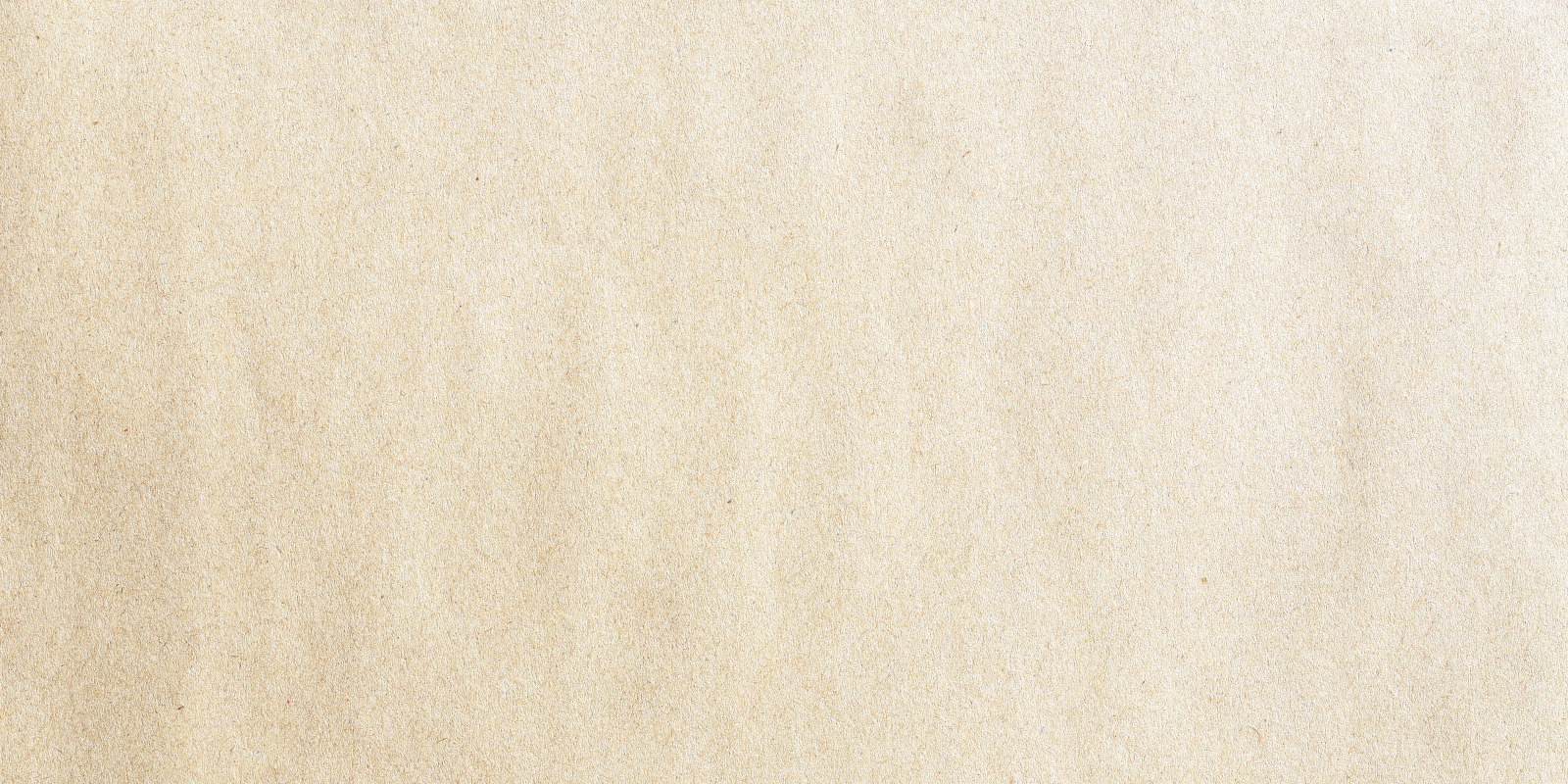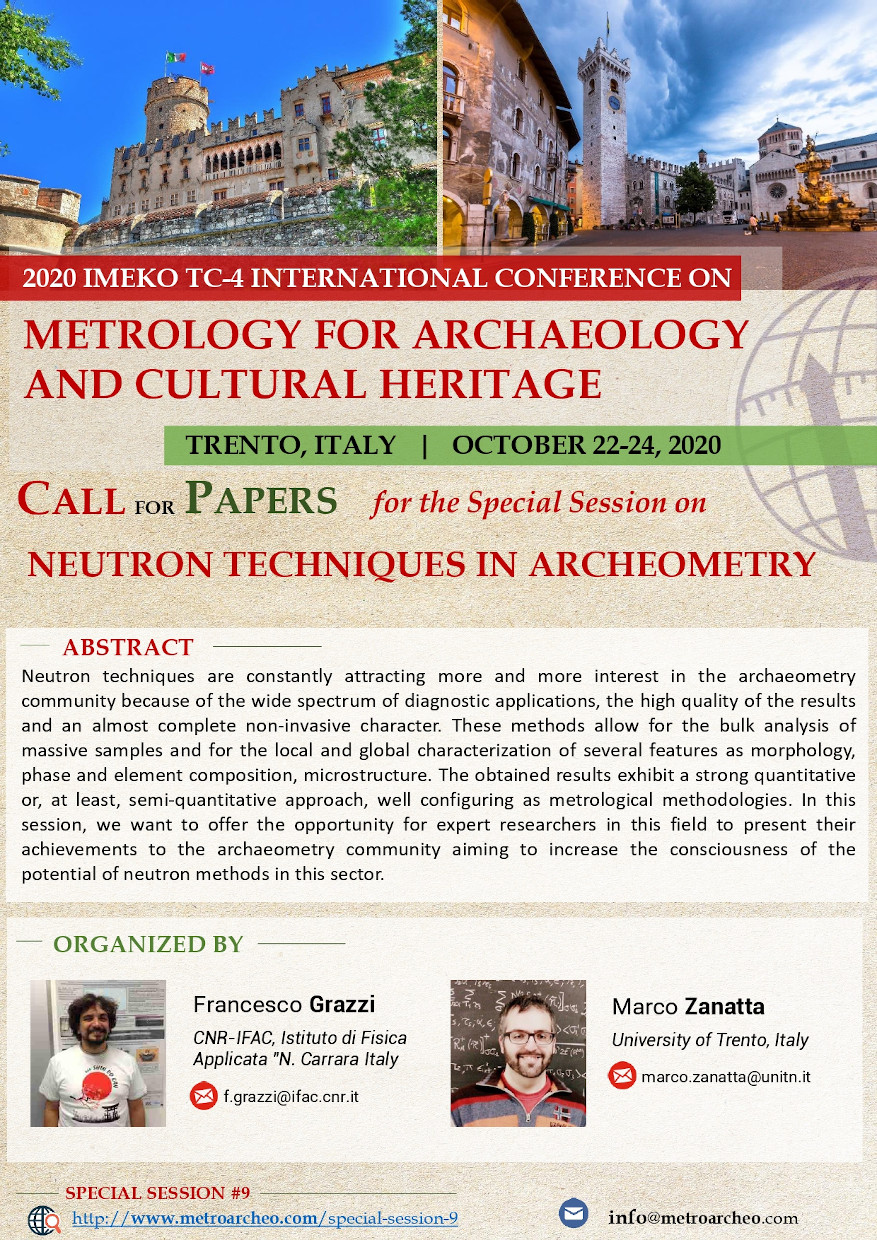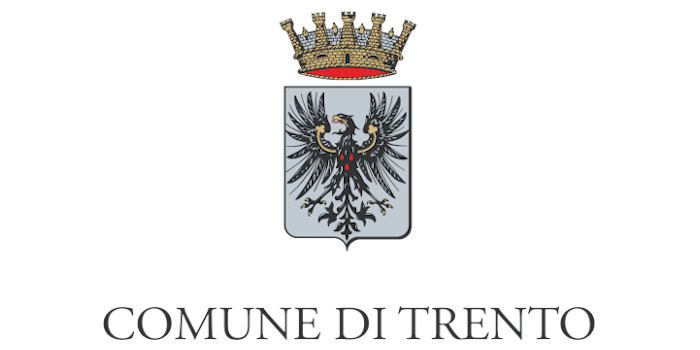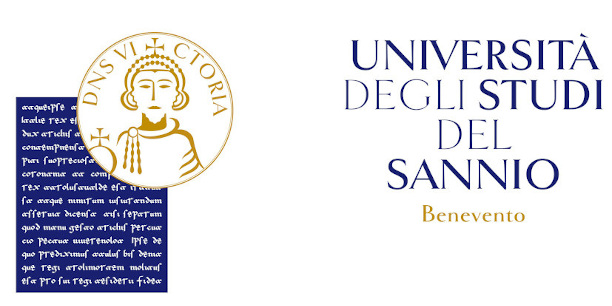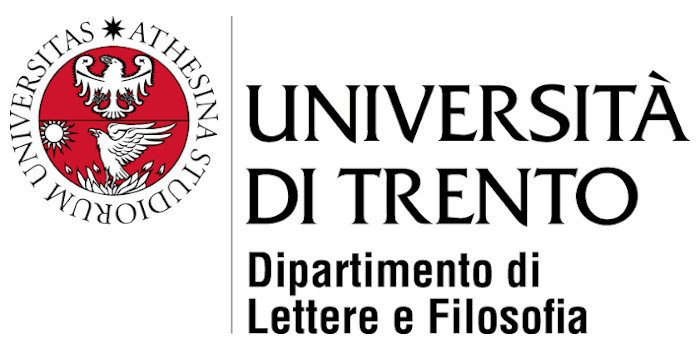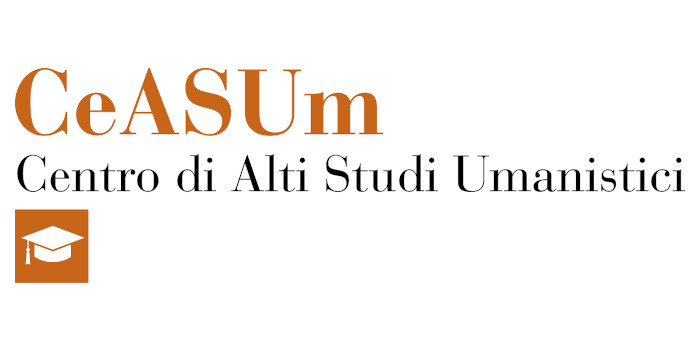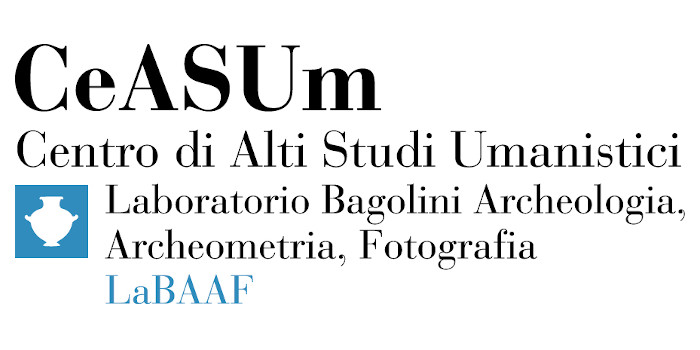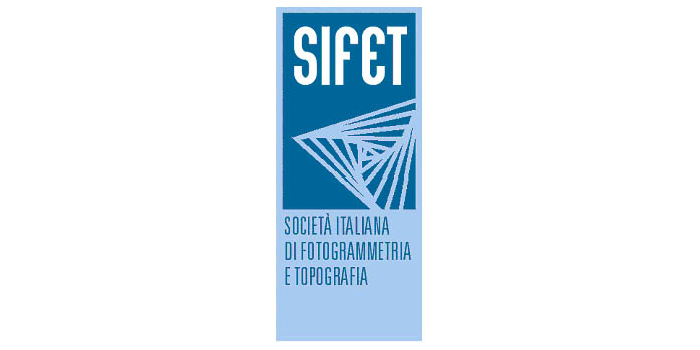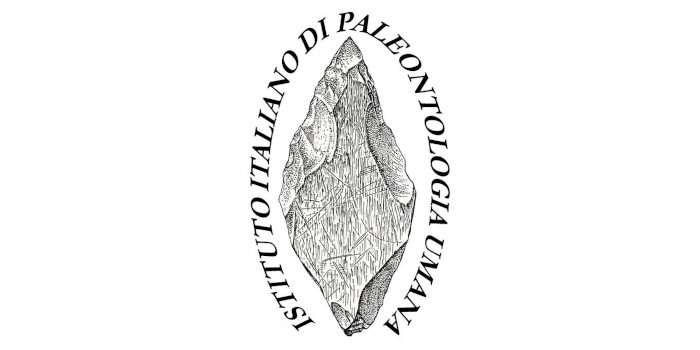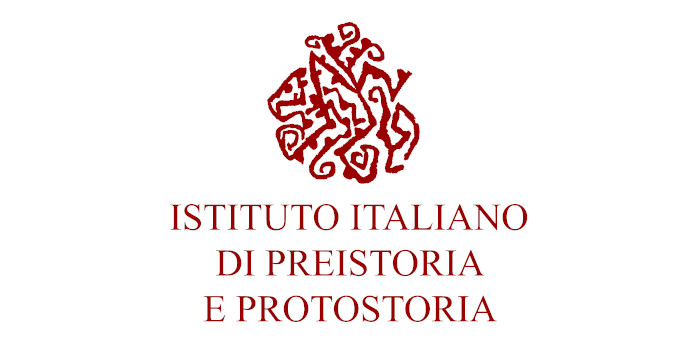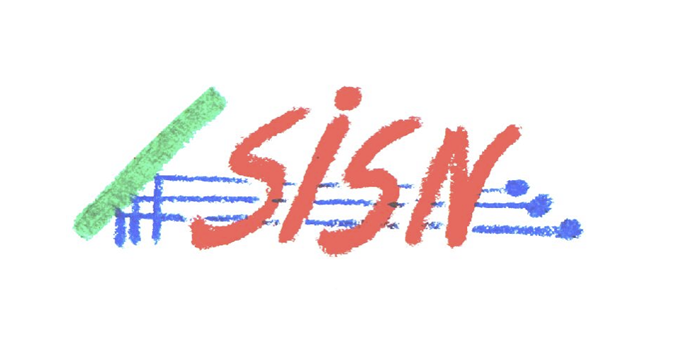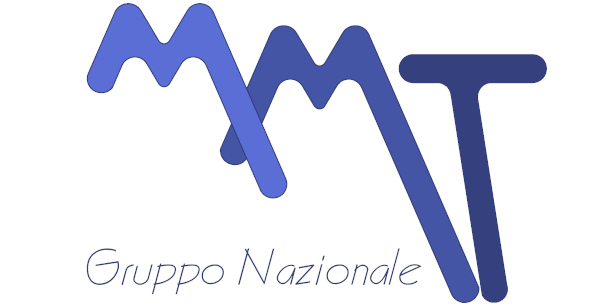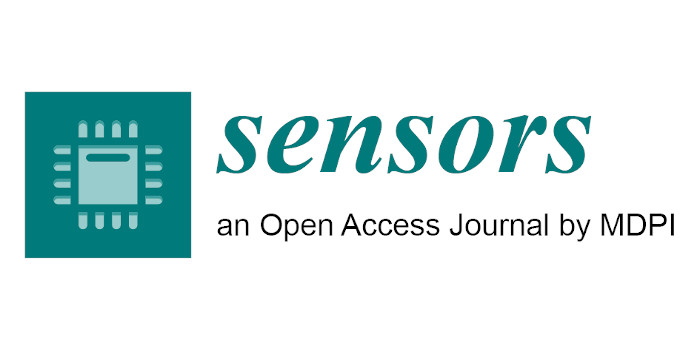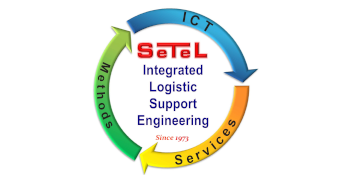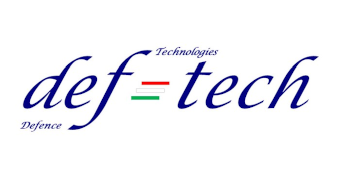Neutron techniques in archeometry
ORGANIZED BY
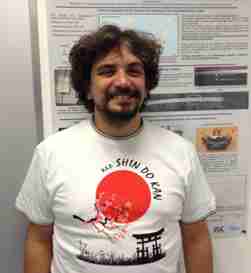
Francesco Grazzi
CNR-IFAC Istituto di Fisica Applicata "N. Carrara", Italy
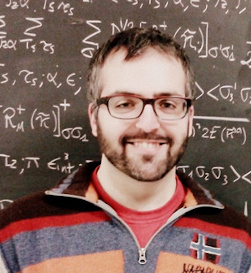
Marco Zanatta
University of Trento, Italy
ABSTRACT
Neutron techniques are constantly attracting more and more interest in the archaeometry community because of the wide spectrum of diagnostic applications, the high quality of the results and an almost complete non-invasive character. These methods allow for the bulk analysis of massive samples and for the local and global characterization of several features as morphology, phase and element composition, microstructure. The obtained results exhibit a strong quantitative or, at least, semi-quantitative approach, well configuring as metrological methodologies. In this session, we want to offer the opportunity for expert researchers in this field to present their achievements to the archaeometry community aiming to increase the consciousness of the potential of neutron methods in this sector.
ABOUT THE ORGANIZERS
Francesco Grazzi works as Researcher at Consiglio Nazionale delle Ricerche, Istituto di Fisica Applicata "Nello Carrara" (CNR-IFAC) and at Istituto Nazionale di Fisica Nucleare (INFN) in Sesto Fiorentino (Italy). He mainly works in the development and application of neutron techniques to the non-destructive characterization of metal artefacts of archaeological, historical and industrial interest. He is involved in several active collaborations with Museums and Cultural Heritage Institutions.
Marco Zanatta is a researcher at the Department of Physics of the University of Trento. His research is focused on the experimental study of glasses and other disordered systems, mainly using neutrons and x-ray based techniques. He also works in the characterization of materials using spectroscopic techniques with applications to geology and archaeology.
